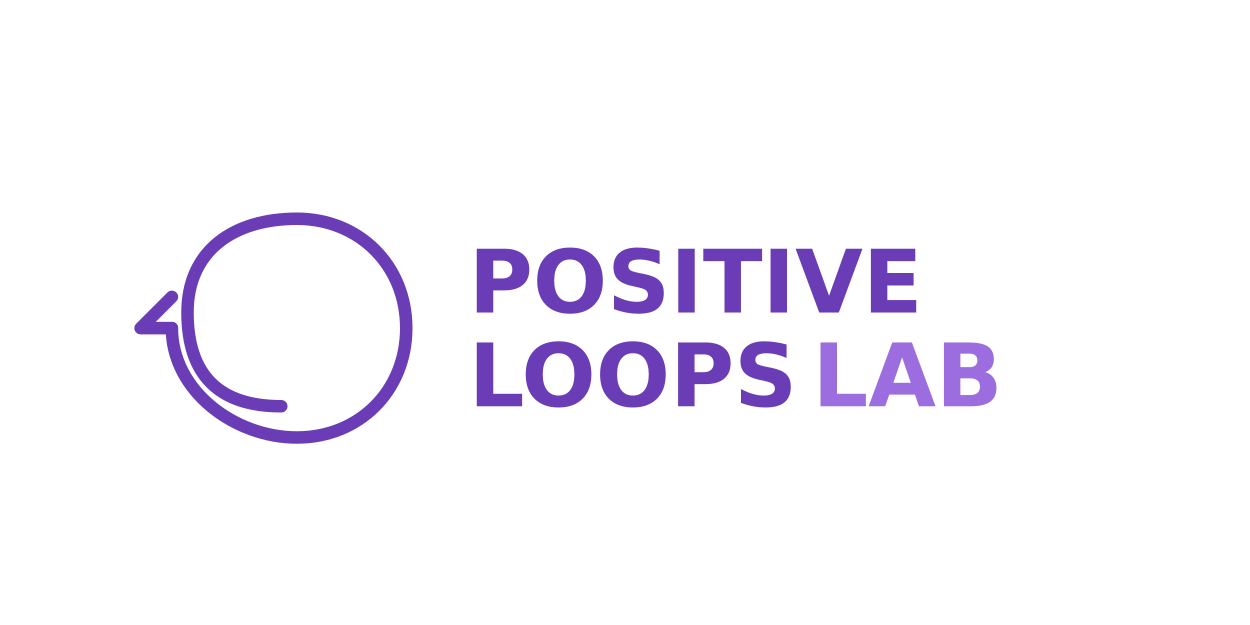This article is part of a six-part series examining how traditional financial reporting standards can transform social outcomes reporting in financial inclusion. Each article explores one qualitative characteristic from financial reporting and provides practical guidance for applying it to social impact measurement.
Understanding Faithful Representation in Social Outcomes
Faithful representation is the second fundamental quality that makes information useful for decision making.
While relevance ensures that data matters, faithful representation ensures it reflects reality. For social outcomes reporting to faithfully represent reality, it must be complete, neutral, and reasonably free from error. This means capturing both positive and negative results, avoiding selective presentation that favours the organisation, and implementing rigorous methodologies that minimise mistakes.
The current state of social outcomes reporting in financial inclusion falls short of this standard. Organisations routinely cherry-pick success stories, focus exclusively on positive outcomes, and employ methodologies that are neither transparent, nor robust.
The Three Elements of Faithful Representation
1. Completeness
Complete reporting includes all information necessary for stakeholders to understand what's happening. This means:
- Reporting both positive and negative outcomes
- Including data from all relevant beneficiary groups, not just successful ones
- Capturing both intended and unintended consequences
- Documenting outcomes across different timeframes, not just immediate results
2. Neutrality
Neutral reporting presents information without bias, manipulation, or selective emphasis. This requires:
- Using balanced language that doesn't overstate successes
- Presenting negative findings with the same prominence as positive ones
- Avoiding the selection of metrics that favour the organisation
- Ensuring methodological choices aren't designed to produce favourable results
When organisations allow fundraising or marketing goals to influence their impact reporting, neutrality suffers. The pressure to demonstrate success creates powerful incentives to present information in the most favourable light.
3. Freedom from Error
No information is perfectly accurate, but faithful representation requires reasonable freedom from error. This means:
- Using appropriate methodologies for data collection, and analysis
- Documenting the limitations of your data and methods
- Being transparent about margins of error and confidence levels
- Implementing verification systems to catch and correct mistakes
When organisations lack rigorous data collection systems or qualified analysis capabilities, error becomes inevitable. Manual processes, untrained staff, and inadequate verification all undermine accuracy.
Implementing Faithful Representation
1. Establish Completeness Frameworks
Create a systematic approach to ensuring all important aspects of your impact are captured:
- Develop stakeholder impact matrices that identify all potential positive and negative outcomes for each group
- Implement completeness checklists that must be verified before publishing reports
- Require sign-off from multiple stakeholders
2. Design Neutrality Protocols
Build systems that counteract the tendency toward positive bias:
- Identify potential biases and incentives that might skew reporting
- For each positive metric, identify corresponding risk or negative indicators
- Establish independent review processes to check for balanced presentation
- Create standardised reporting templates that require both positive and negative findings
3. Implement Error Reduction Systems
Develop processes that minimise mistakes and misrepresentation:
- Map all potential error sources in your data pipeline
- Establish data validation rules and cleaning protocols
- Implement verification procedures to catch inconsistencies
- Document all assumptions, methodologies, and limitations transparently
4. Build Data Provenance Systems
Create clear trails showing where information came from:
- Document the source of every data point in your reporting
- Track all transformations from raw data to reported figures
- Maintain audit trails of who accessed and modified data and when
- Create comprehensive documentation of definitions and methodologies
Technology Requirements for Faithful Representation
Faithful representation depends on robust systems that enable accurate data collection, processing, and reporting:
- Cloud-Based Core Banking Systems: Provide single source of truth for both financial and social data
- Digital Data Collection Tools: Reduce manual entry errors and enable real-time verification
- Automated Validation Rules: Catch impossible or unlikely values before they enter reports
- Version Control Systems: Track all changes to data and analysis over time
Common Pitfalls to Avoid
Many organisations undermine faithful representation through these common mistakes:
- Cherry-Picking Outcomes: Selectively reporting only positive or convenient results
- Over use of success stories: Using anecdotes of success as substitutes for representative data
- Invisible Failures: Systematic exclusion of program failures or negative outcomes
- Confirmation Bias: Seeking and emphasising data that confirms preexisting beliefs
- Method Opacity: Failing to document data collection and analysis methods
- Overstating Certainty: Presenting estimates as facts without acknowledging uncertainty
Moving Forward
Faithful representation isn't just about honest reporting.
It's about creating information that stakeholders can trust to make decisions. When organisations commit to complete, neutral, and error free reporting, they build credibility that enhances their ability to secure partnerships, funding, and support. For CFOs and finance teams, faithful representation in social outcomes reporting should feel familiar. It's the same standard you apply to financial statements. The discipline required to ensure balance sheets accurately reflect financial reality can be applied to ensure impact reports accurately reflect social reality.
The financial inclusion industry has operated too long with social impact claims that wouldn't meet the standards we apply to financial reporting. It's time to bring the same rigour to how we report on client outcomes as we bring to how we report on our balance sheets.

